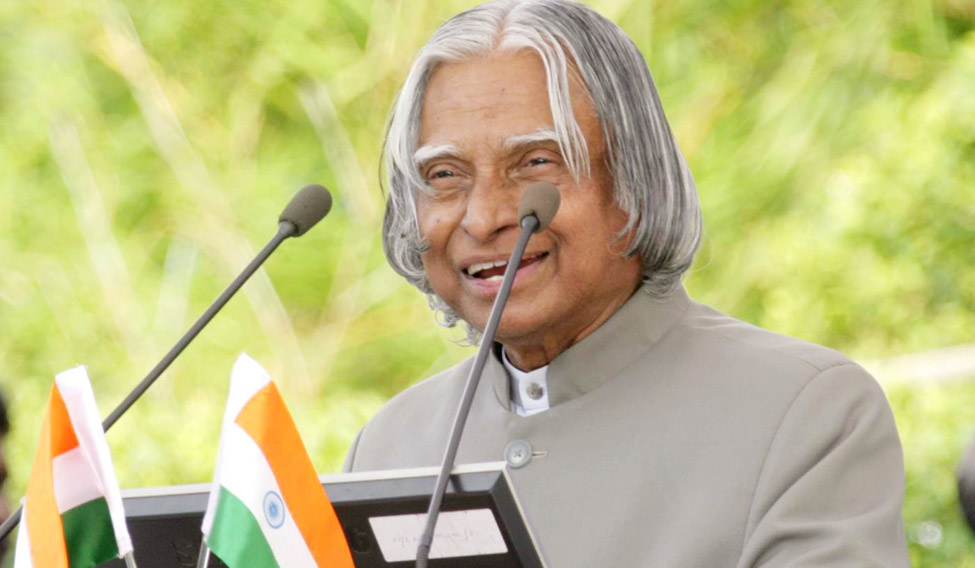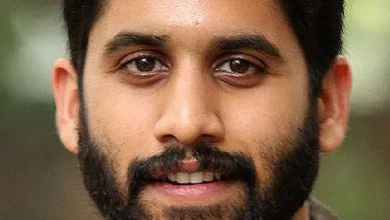A. P. J. Abdul Kalam Biography, Wikipedia, Early Life, Career, Net Worth, Family, Death
A. P. J. Abdul Kalam (Avul Pakir Jainulabdeen Abdul Kalam) was an Indian aerospace scientist and the 11th President of India (2002–2007). He is widely known as the “Missile Man of India” for his work in developing ballistic missile and launch vehicle technology.
Profile
| Attribute | Details |
|---|---|
| Full Name | Avul Pakir Jainulabdeen Abdul Kalam |
| Date of Birth | 15 October 1931 |
| Place of Birth | Rameswaram, Tamil Nadu, India |
| Date of Death | 27 July 2015 |
| Profession | Aerospace Scientist, Author, Politician |
| Major Roles | – Chief Scientist at DRDO & ISRO – President of India (2002–2007) |
| Education | Madras Institute of Technology (Aeronautical Engineering) |
| Key Contributions | – Development of India’s missile programs (Agni, Prithvi) – Pokhran-II nuclear tests |
| Books Written | Wings of Fire, Ignited Minds, India 2020, among others |
| Awards | Bharat Ratna (India’s highest civilian honor), Padma Vibhushan, Padma Bhushan |
| Legacy | Respected as the “People’s President” and a symbol of integrity, vision, and inspiration to youth |
A. P. J. Abdul Kalam Early Life
Avul Pakir Jainulabdeen Abdul Kalam was born on October 15, 1931, in Rameswaram, a small pilgrimage town in Tamil Nadu, India. He was the youngest of five siblings in a Tamil Muslim family. His father, Jainulabdeen Marakayar, was a boat owner and imam of a local mosque, while his mother, Ashiamma, was a housewife. The family descended from wealthy traders, earning the title “Marakier” (wooden boat steerers), but their fortunes declined after the Pamban Bridge opened in 1914, disrupting their business of ferrying pilgrims. Facing poverty, young Kalam sold newspapers to support the family.
Despite financial struggles, he was raised in a loving environment that fostered discipline and a thirst for knowledge. Kalam was an average student but had a strong work ethic and a particular love for mathematics. He attended Schwartz Higher Secondary School in Ramanathapuram and later graduated with a degree in physics from Saint Joseph’s College, Tiruchirappalli, in 1954. He pursued aeronautical engineering at the Madras Institute of Technology, graduating in 1960.

A. P. J. Abdul Kalam Career and Contributions
Kalam’s career began at the Defence Research and Development Organisation (DRDO) in 1958, where he designed a small hovercraft. In 1969, he joined the Indian Space Research Organisation (ISRO) as the project director for India’s first indigenous Satellite Launch Vehicle (SLV-III), successfully deploying the Rohini satellite in 1980.
This achievement marked India’s entry into the global space club. Returning to DRDO in 1982, Kalam led the Integrated Guided Missile Development Programme, developing missiles like Agni and Prithvi, earning him the title “Missile Man of India.” His pivotal role in the 1998 Pokhran-II nuclear tests solidified India’s status as a nuclear power, making him a national hero despite international controversy. Kalam also served as the Chief Scientific Adviser to the Prime Minister (1992–1999) and chaired the Technology Information, Forecasting and Assessment Council, where he proposed Technology Vision 2020 to transform India into a developed nation by 2020 through advancements in agriculture, healthcare, and education.
Presidency
In 2002, Kalam was elected India’s 11th President, serving until 2007. Nominated by the National Democratic Alliance and supported by the opposition Indian National Congress, he won 89% of the electoral votes, reflecting his widespread popularity. Known as the “People’s President,” he connected with the youth, conducting over 500,000 one-on-one meetings to inspire them. His presidency focused on promoting science, technology, and education, though he faced criticism for acting on only one of 21 mercy petitions. Kalam’s decision to impose President’s Rule in Bihar in 2005 and his handling of the “office of profit” bill were notable. After his term, he chose not to run again, returning to academia and public service.
A. P. J. Abdul Kalam Net Worth
Kalam lived a life of simplicity, owning few possessions a veena, books, a CD player, a laptop, and some clothing. He left no will, and his modest belongings were inherited by his elder brother. His net worth was negligible, as he prioritized service over material wealth, often sending small sums to relatives. His frugal lifestyle, vegetarian diet, and lack of a television underscored his ascetic values. However, A.P.J. Abdul Kalam’s assets were worth around Rs 2.28 crore, equivalent to about $27,000 USD.
A. P. J. Abdul Kalam Family
Kalam remained a lifelong bachelor, dedicating himself to his work and nation. He was close to his family, including his sister, Asim Zohra, and brothers, Mohammed Muthu Meera Lebbai Maraikayar, Mustafa Kalam, and Kasim Mohammed. Despite his demanding career, he maintained strong ties with his extended family, supporting them financially. His parents’ humble yet principled upbringing shaped his integrity and humility.
A. P. J. Abdul Kalam Death
On July 27, 2015, Kalam collapsed while delivering a lecture on “Creating a Livable Planet Earth” at the Indian Institute of Management Shillong. He suffered a cardiac arrest and was rushed to Bethany Hospital, where he was pronounced dead at 7:45 p.m. IST. His last words, reportedly to his aide Srijan Pal Singh, were, “Funny guy! Are you doing well?” His body was airlifted to New Delhi, then to Rameswaram, where over 350,000 people, including national leaders, attended his funeral. He was laid to rest on July 30, 2015, at Pei Karumbu Ground with full state honors. The Tamil Nadu government established the Dr. A.P.J. Abdul Kalam Award and declared his birthday “Youth Renaissance Day” to honor his legacy.
Legacy
Kalam’s contributions to India’s space, missile, and nuclear programs, along with his inspirational writings like Wings of Fire and India 2020, continue to motivate millions. His vision for a developed India, humility, and connection with the youth cemented his status as a role model. The United Nations recognized his 79th birthday as World Students’ Day, and the DRDO built a memorial in Rameswaram in his honor.
READ ALSO: KK Pathak IAS Biography, Wikipedia, Career, Net Worth, Wife, Car
FAQs
Why is A.P.J. Abdul Kalam called the “Missile Man of India”?
He earned this title for leading the development of ballistic missiles like Agni and Prithvi and his role in India’s nuclear program, particularly the 1998 Pokhran-II tests.
What was Kalam’s role as President of India?
As the 11th President (2002–2007), he promoted science, education, and youth empowerment, earning the nickname “People’s President” for his accessibility and inspirational leadership.
Did A.P.J. Abdul Kalam marry?
No, Kalam remained a bachelor, dedicating his life to science, education, and public service.
What awards did Kalam receive?
He received the Padma Bhushan (1981), Padma Vibhushan (1990), Bharat Ratna (1997), and several others, including the Hoover Medal (2009) and honorary doctorates from 40 universities.
How did Kalam contribute to India’s space program?
As project director at ISRO, he led the SLV-III project, successfully launching the Rohini satellite in 1980, making India a space-faring nation.
What is Technology Vision 2020?
It was Kalam’s roadmap to transform India into a developed nation by 2020 through advancements in technology, agriculture, healthcare, and education.
Where is the A.P.J. Abdul Kalam Memorial located?
The memorial, built by DRDO, is located at Pei Karumbu in Rameswaram, Tamil Nadu, where Kalam was laid to rest.



